Amazon Affiliate Link | Bookshop.org Affiliate Link
I read Malinda Lo’s newest book, Last Night at the Telegraph Club (2021) about a month ago, and I’m still thinking about it. If you’re looking for a slice of mid-twentieth-century lesbian culture with some wonderful Chinese American representation and rich social history, Last Night at the Telegraph Club is for you. Having read many of her books over multiple years, including Ash (2009) and Huntress (2011), I believe that this novel is Lo’s most stunning achievement to date. The world needs more lesbian fiction like this, and I couldn’t get enough.
Set in 1954 San Francisco, the novel follows seventeen-year-old Lily Hu, a young Chinese American girl growing up amidst social, political, and cultural changes—many of which could place her and her family in danger. But Lily’s struggling with more than what’s happening in the world—she’s begun to wonder about herself, too. About who she might be beyond the context of the Red Scare and her family’s expectations. When she and her friend Kathleen Miller arrive at the long-coveted lesbian bar called the Telegraph Club, Lily’s world opens up in ways she has never allowed herself to imagine. But these discoveries are not without consequences, and Lily and Kathleen must struggle against the various influences that threaten them on all sides.
I was unable to put this book down. The rich, immersive quality of Lo’s writing really painted a picture of queer life in 1950s San Francisco that was alternately tantalizing and educational. So much of this novel reminded me of Sarah Waters’s Tipping the Velvet (1998) in the best way—not just because of the aspects/erotics of male impersonation that Lo employs, but due to Lo’s sophisticated writing and careful detail. It’s clear that this novel was heavily researched, and it really is the kind of Young Adult fiction that shows an immense interest in telling queer stories correctly and for all audiences. Lo obviously has a grasp of various cultural touchstones for queer communities of the period, and her work with lesbian pulp fiction was alternately heart-warming and thrilling—who among us hasn’t encountered our own version of Strange Season?
There is something so high-stakes and fast paced about this novel that kept it from leaving my hands. You’re desperate to see what will happen, which keeps you hurtling towards the end. Lily’s anticipation and desire are infectious, and by the time she enters the Telegraph Club for the first time, I was just as desperate to see inside as she was. What I truly appreciated about Lo’s novel was how universal she rendered queer experience—there were so many moments where I recognized myself (both as a teenager and now) in Lily or Kathleen’s characters. What is particularly special about novel’s like this one is that they make an effort to identify a queer community beyond two individual (and often isolated) love interests. That’s what truly makes this novel so rich and unique, and it makes the reading experience so much wider and worthwhile.
I haven’t been able to stop thinking/talking about or recommending this book to everyone I know. It’s such a heartwarming story that will appeal to queer readers and beyond.
Please visit Malinda Lo on Twitter or on her Website, and put Last Night at the Telegraph Club on your TBR on Goodreads.
Content Warnings: Violence, physical and verbal abuse, homophobia.
Rachel Friars is a writer and academic living in Canada, dividing her time between Ontario and New Brunswick. When she’s not writing short fiction, she’s reading every lesbian novel she can find. Rachel holds two degrees in English literature and is currently pursuing a PhD in nineteenth-century lesbian literature and history.
You can find Rachel on Twitter @RachelMFriars or on Goodreads @Rachel Friars.
A copy of this book was graciously provided by the publisher in exchange for an honest review.

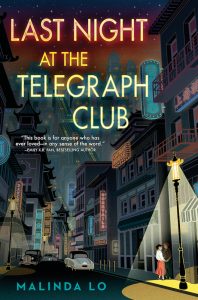
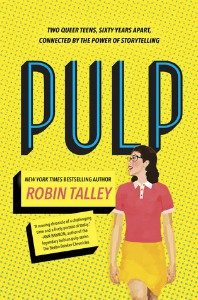
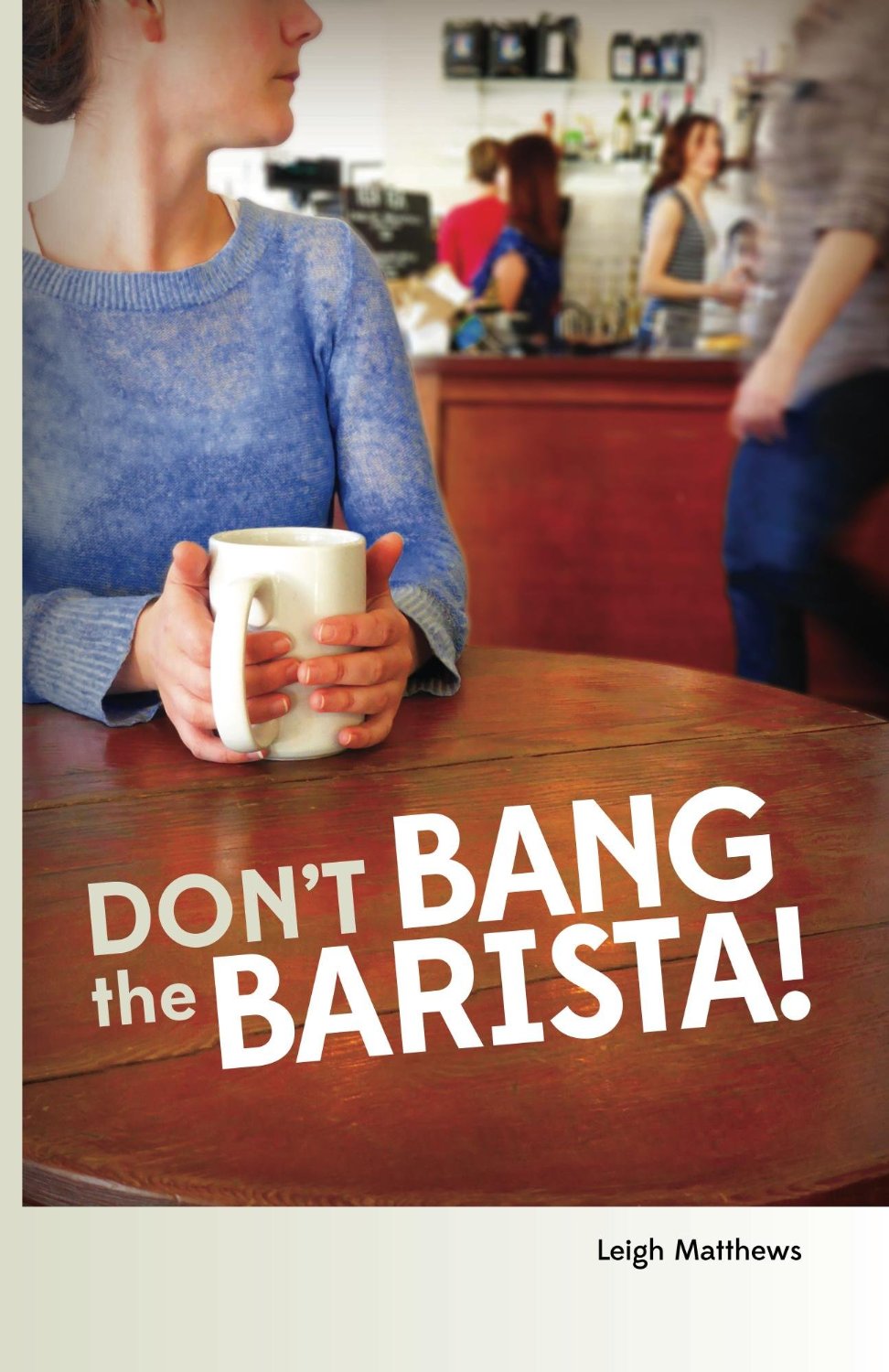
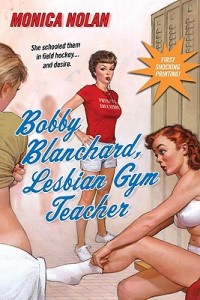
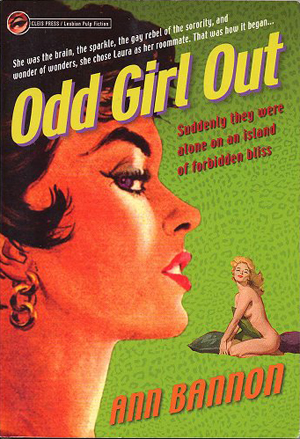
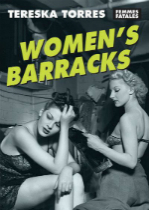
 thought I’d introduce a new feature: Lesbrary Lust. Lesbrary Lust posts are about books I desperately want to read, but don’t yet own and can’t get through my library. This Lesbrary Lust post is about two books on a central theme: lesbian pulp fiction.
thought I’d introduce a new feature: Lesbrary Lust. Lesbrary Lust posts are about books I desperately want to read, but don’t yet own and can’t get through my library. This Lesbrary Lust post is about two books on a central theme: lesbian pulp fiction. have a moral. Usually this moral was “homosexuality is wrong”. That meant that the vast majority of lesbian pulp ended terribly for the lesbians involved. One or both of the women either died or went crazy. A popular ending was a terrible car crash. Often the remaining partner was swept off by that shadowy man in the background of the cover, having learned her lesson.
have a moral. Usually this moral was “homosexuality is wrong”. That meant that the vast majority of lesbian pulp ended terribly for the lesbians involved. One or both of the women either died or went crazy. A popular ending was a terrible car crash. Often the remaining partner was swept off by that shadowy man in the background of the cover, having learned her lesson.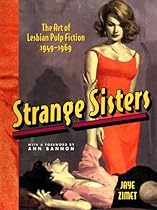 Where Lesbian Pulp Fiction is about the best stories lesbian pulp has to offer, Strange Sisters is an examination of the artwork. Strange Sisters includes about 200 different hilarious and sexual covers. Although my lesbian pulp address book has a bit of this (it has about 26 covers and a brief description of the plot), but it’s only a taste; I would love to be able to look through all of these.
Where Lesbian Pulp Fiction is about the best stories lesbian pulp has to offer, Strange Sisters is an examination of the artwork. Strange Sisters includes about 200 different hilarious and sexual covers. Although my lesbian pulp address book has a bit of this (it has about 26 covers and a brief description of the plot), but it’s only a taste; I would love to be able to look through all of these.